Manufacturing process of Baieido Japanese Incense in Osaka
 | 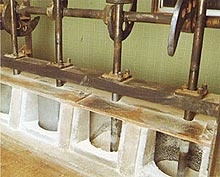 |  | 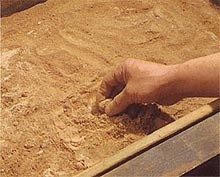 |
| 1. It all starts in the laboratory with the rigorous inspection of raw materials: herbs, Aloe wood, sandalwood, etc. | 2. The sandalwood or aloe wood, once the controls have been passed, are crushed and reduced to a fine powder. | 3. The different ingredients are added to the fine wood powder depending on the incense produced. More or less Sandalwood or Aloes, herbs, essential oils, etc. | 4. The dry mixture is then passed through a tight sieve to remove impurities. |
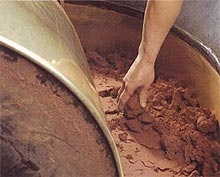 |  |  | 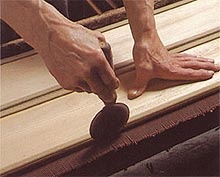 |
| 5. The powder obtained is then mixed with water and worked until a paste with a consistency close to clay called "tama" is obtained. | 6. This mass is then introduced into a container and extruded through a die pierced with small holes (process identical to the manufacture of spaghetti, etc.) | 7. Coming out of the machine, these "spaghetti" are delicately spread out on a wooden board and very carefully aligned. Very important phase for obtaining very straight sticks once dry. | 8. Once properly aligned, the incense is cut into different lengths depending on the type of incense and its end use. |
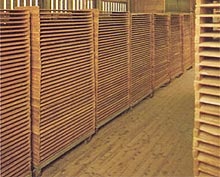 |  |  |  |
| 9. The aligned and cut incense sticks are left on their wooden plank and put to dry. Drying takes several days in summer and up to 10 days in winter. | 10. The incense sticks, once dry, are carefully checked by hand and any stick that is not perfectly straight is removed. | 11. The sticks are weighed and tied with paper strips to keep them tight. | 12. The resulting rolls are inspected a final time and packaged for sale. |
















 Soap & Body Care
Soap & Body Care
 Home & More
Home & More
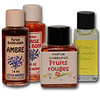 Aromatherapy
Aromatherapy
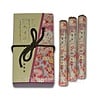 Incense
Incense
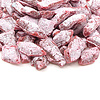 Fumigation
Fumigation
 Blog
Blog